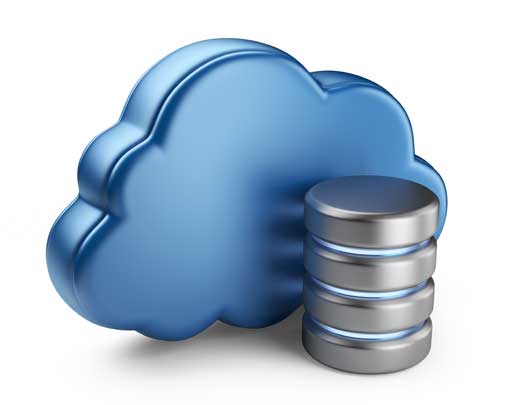The list of Amazon services includes several database options. We have covered Aurora in a past article but now move to Amazon RDS. It is a service that allows you to move your database into the cloud without worrying about a server. As usual, Amazon has that covered.
Free Tier Eligible
Although you can always place a relational DB on your free EC2 instance, you can also use RDS to get additional free resources. The first year of your AWS account allows for the following (taken from their site).
- 750 hours of Amazon RDS Single-AZ db.t2.micro Instance usage running MySQL, MariaDB, PostgreSQL, Oracle BYOL or SQL Server (running SQL Server Express Edition) – enough hours to run a DB Instance continuously each month
- 20 GB of General Purpose (SSD) DB Storage
- 20 GB of backup storage for your automated database backups and any user-initiated DB Snapshots
This option is a great way to get started in the world of cloud databases without an upfront cost.
Amazon RDS is a Platform For Your Favorite DB
The Amazon RDS feature provides a place to house your database. This offering is not to be confused with Aurora, which is a database engine that is MySQL and Postgres compatible. In fact, Aurora is one of the options for your RDS engine (although not free tier eligible). The pricing varies by engine and processing, but it does allow for non-open source solutions like Oracle and MS SQL Server. Once you have selected an engine then properties like size, software version, and authentication details can be entered.
Enterprise from the Start
The properties include several security options to help you protect your database. These include locking down access to your EC2 instances, your network, or otherwise limiting connections as well as encryption of data. Once you enter this data, it will take a few minutes to spin up your database instance and open it for access. At this point, you have all you need to start using the new DB. Your choice of engine will have some impact on how to use it. However, for any of these engines, you will find them to work just like a standard install of the DB. The difference is that you have enterprise features built in and monitoring. Feel free to utilize that free tier and see all that this service has to offer. It is easy to get started, and connecting is not different from your connection to any other installation of the DB.

